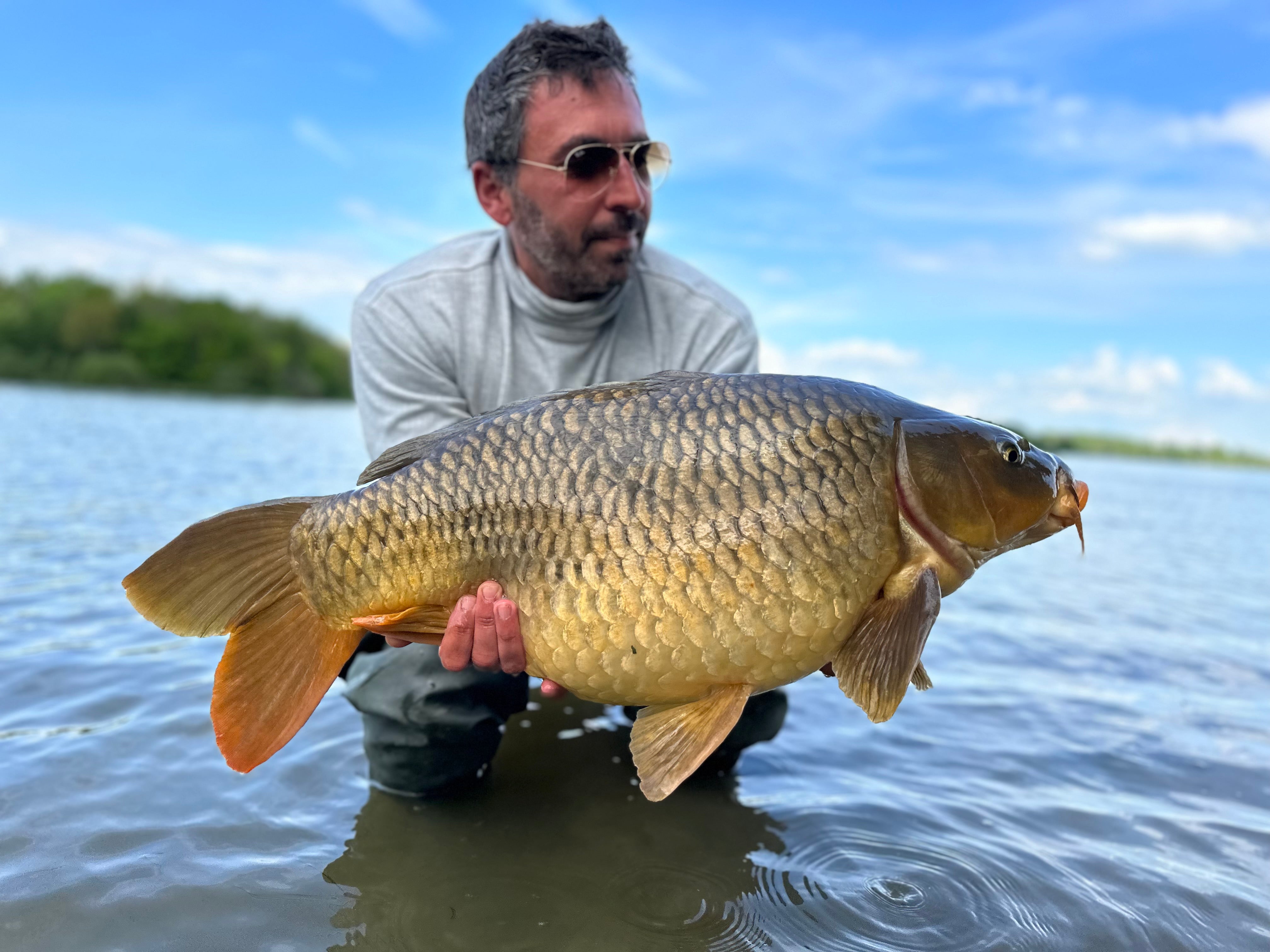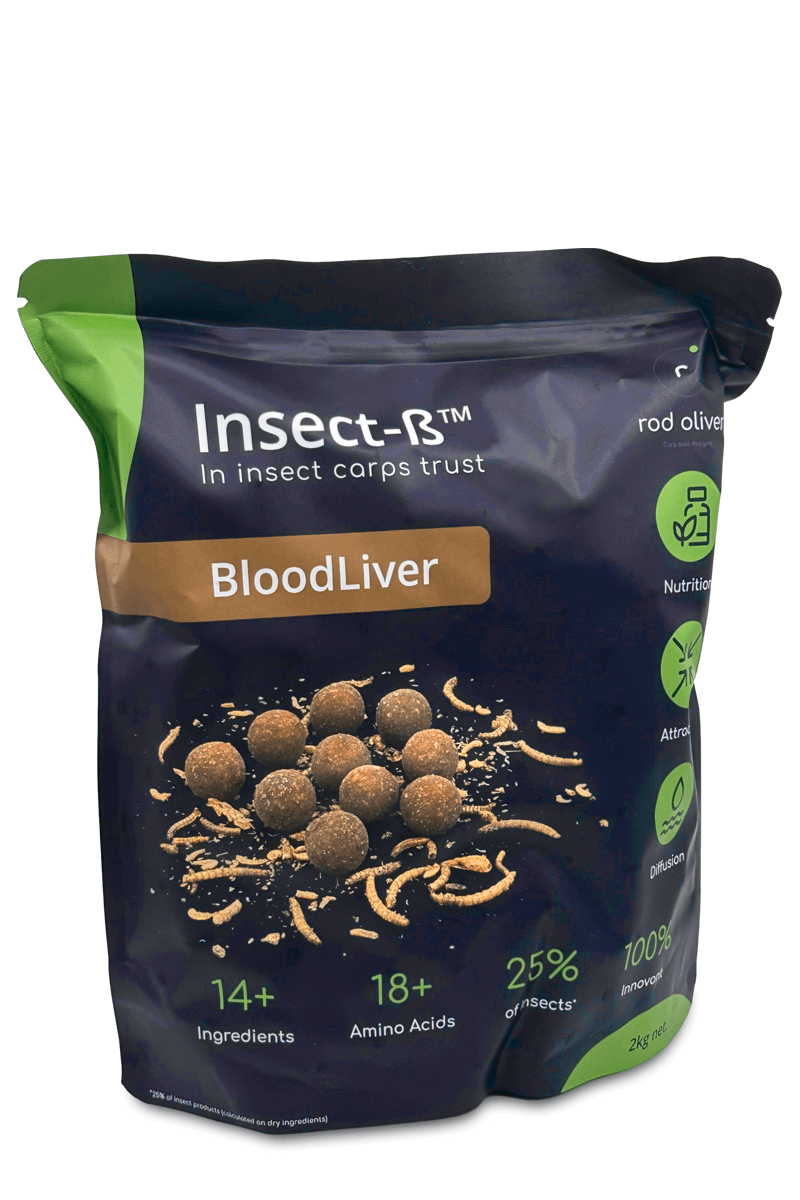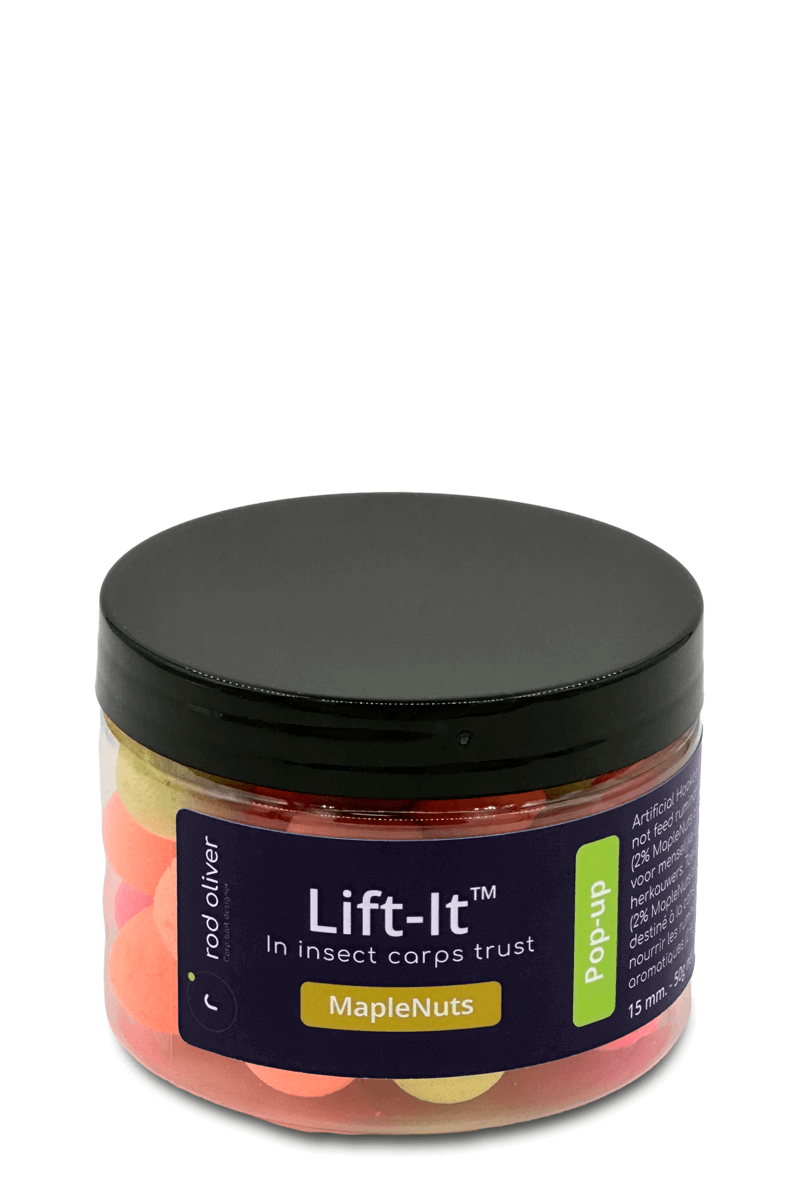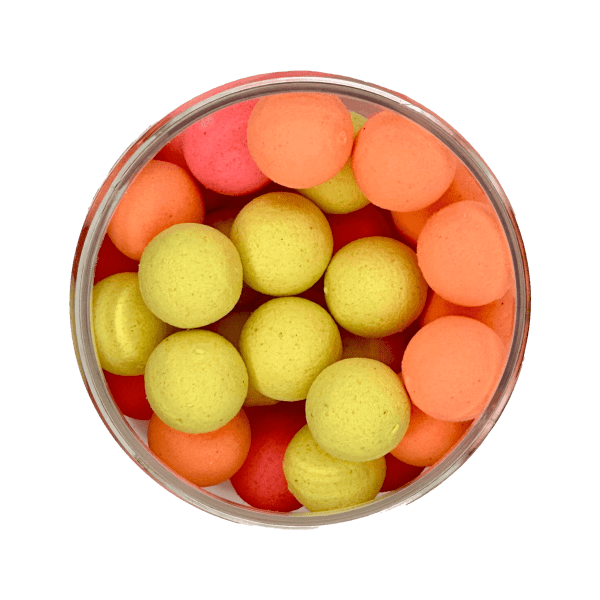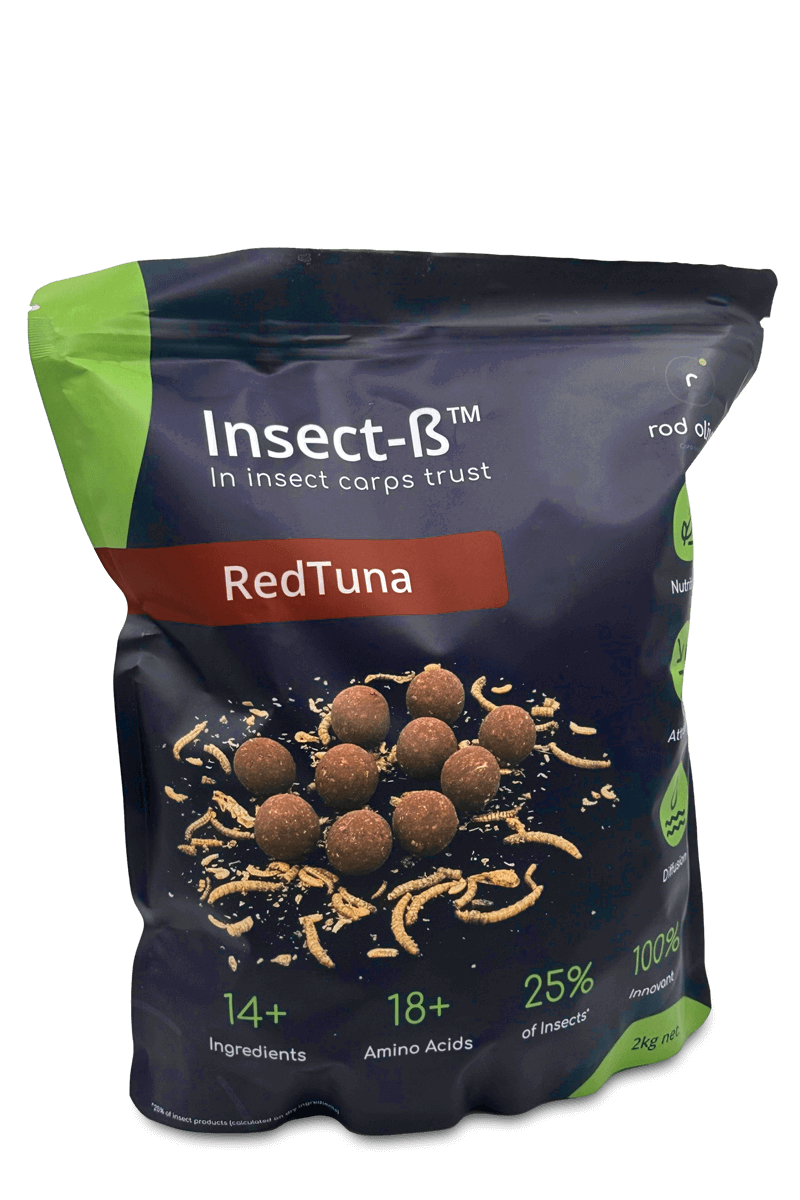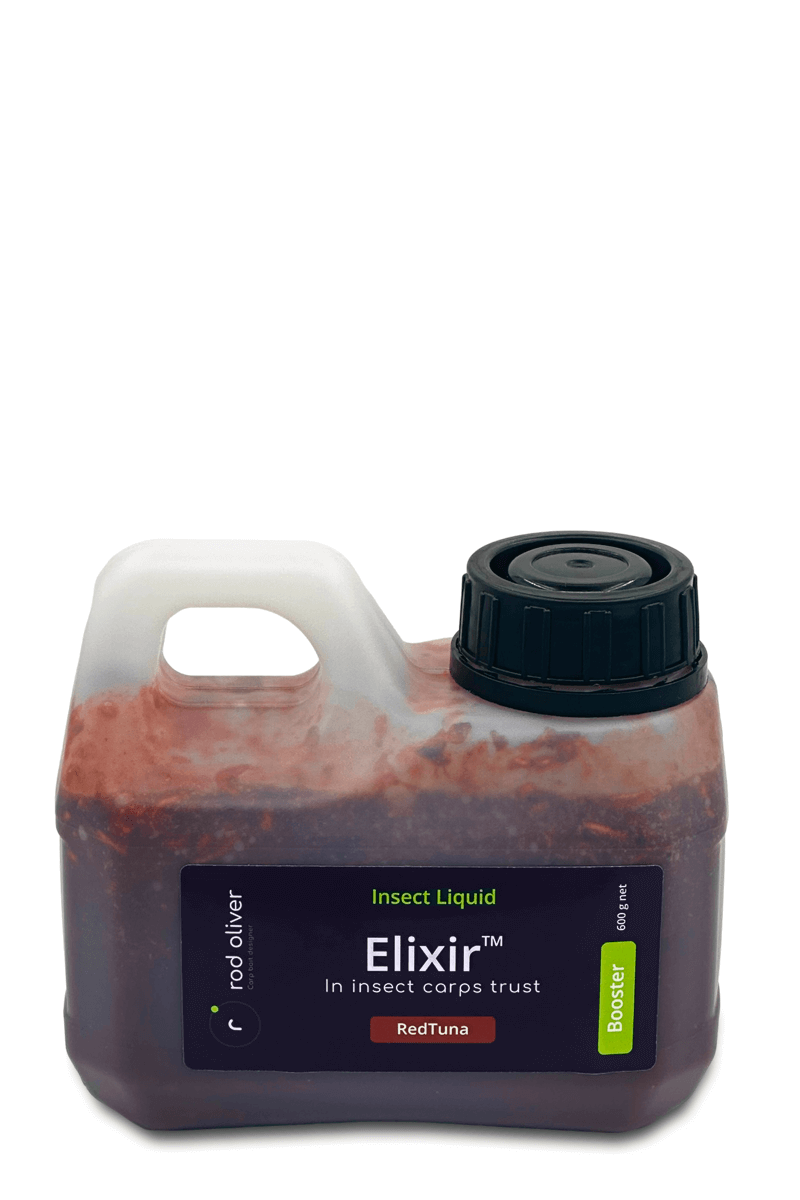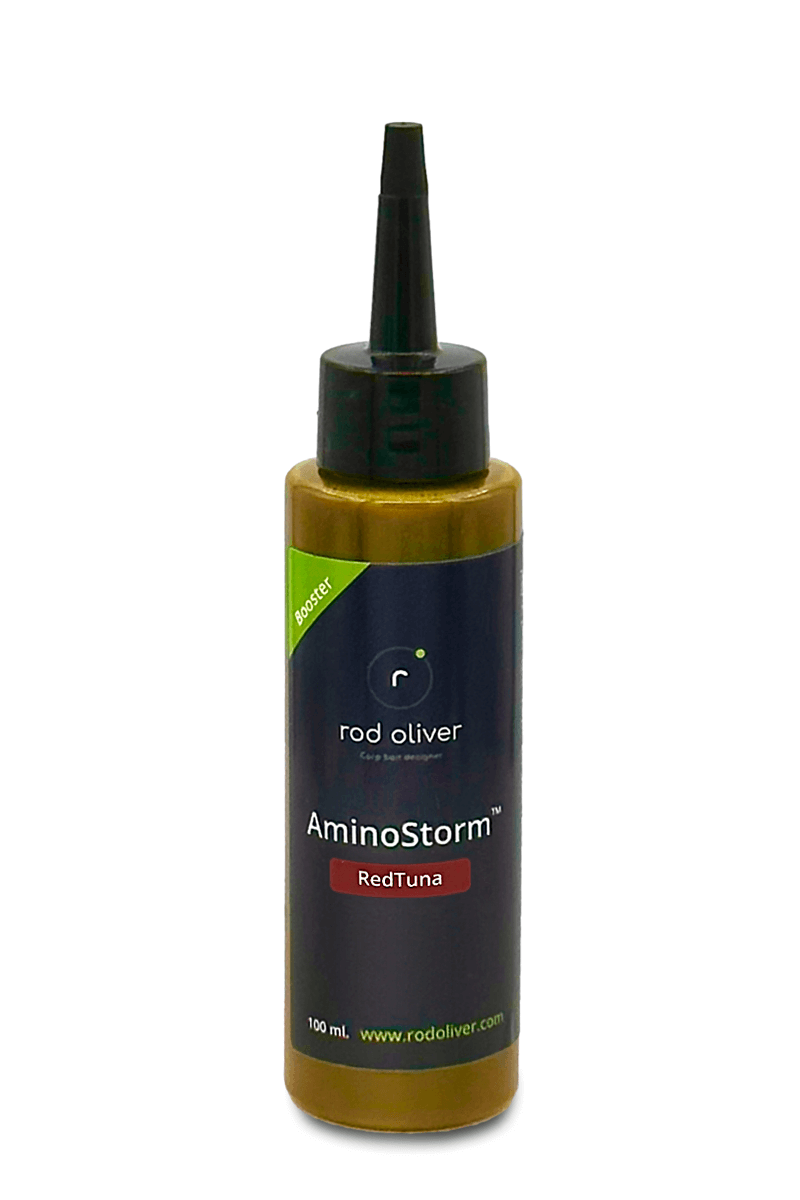How to make the most of your carp fishing sessions?
Carp fishing is, above all, a recreational activity, a moment of relaxation in which one rejuvenates amidst nature, and it is crucial that it remains primarily so. Nevertheless, many carp anglers derive pleasure from achieving good results and consistently catching carp. To fulfill these aspirations, it involves investing time and seeking to optimize one's fishing.
Table of content
1.Introduction
2.1 Observation is the cornerstone of any fishing optimization strategy
2.1.1 How to observe and choose your carp fishing spot?
2.1.2 Why is it essential to continue observing while fishing?
2.1.3 Seeking Information
2.2 Fishing means staying close to your rods
3. Optimizing your carp fishing session involves successful baiting and high-quality baits.
3.1 How to optimize your baiting for carp fishing?
3.2 What bait to choose to optimize your carp fishing session?
4. Optimizing your carp fishing also involves using the right equipment.
4.1 Line and Hook links
4.2 Rods and Reels
4.3 Bite Alarms and Bivvy Equipment
5. Conclusion
1. Introduction
For carp anglers in search of impressive catches and quantity, fishing is much more than just a pastime; it's a genuine passion that demands complete commitment. This entails numerous hours by the water's edge, as well as a constant investment in learning to continually refine one's approach. Carp fishing is a demanding discipline, and this fish still holds many mysteries. Without a consistently evolving learning curve, results may plateau.
In this article, we will elucidate how to optimize your fishing sessions and enhance your chances of catching more fish.
2. Optimizing your fishing primarily involves fishing…
This may seem obvious, but how many times have I come across carp anglers by the water's edge, engrossed in their phones, or even in front of their televisions (it's true), or chatting away for hours on end, hundreds of meters away from their own fishing rods! Needless to say, such practices are certainly not among the best ways to optimize your fishing and achieve significant results.
2.1 Observation is the cornerstone of any fishing optimization strategy
Finding the fish, watching for signs of their presence, and observing attentively have always been, and will always be, the priorities of skilled anglers, no matter how long the waiting periods may be. Many carp anglers have successfully avoided an impending "blank" by moving their line after observing activity elsewhere rather than at the initial spot.
Observation is an activity that should be practiced even before starting to fish, and it should continue throughout the fishing session. Observation is a continuous activity.
2.1.1 How to observe and choose your carp fishing spot?
Optimizing your fishing essentially boils down to carefully selecting the fishing location. When approaching a new fishing site, it's crucial to keep in mind that this is a discovery phase, not an immediate maximization of your fishing performance. This exploratory phase is actually an exciting step, and personally, I consider it one of the most enjoyable aspects of the entire fishing experience.
Exploring a new site involves thorough and in-depth analysis. To do this, there's nothing like walking along the shores of the water, carefully observing both the terrain's topography and the carp's behaviors. Regardless of the size of the lake, pond, or river stretch you plan to fish, it's essential to dedicate several hours, at different times of the day and year, to exploring the site. While it does require a time investment, this initial exploration phase will make you much more effective in the future.
During this initial phase, visual observation plays a key role. It involves spotting signs of fish presence, such as surface splashes, movements, or even feeding indications. However, if no carp activity is visible to the naked eye, you'll need to rely on your experience to try to deduce favorable locations.
Observation isn't limited to sight; it also involves touch to understand the nature of the bottom and sediments. Sounding is an essential step in achieving this. Successful sounding already constitutes 50% of your fishing success. There are different sounding methods, but when boating is prohibited or impractical, you'll need to take your fishing rod and try to feel the depths and bottom composition to better target your future fishing spots.
2.1.2 Why is it essential to continue observing while fishing?
You've finally arrived at your new fishing spot after hours of observation. Your fishing tactic is in place, your lines are positioned according to your plan, and all that's left is to wait for the first bite. Carp fishing is often seen as a waiting game, but how you manage this waiting period can have a crucial impact on your results.
It's essential to make the most of this time by continuing your observation meticulously. Keep your eyes on the water's surface and try to understand if the carp are present in your baited area, if they are active, or if they are elsewhere in the lake or river.
This is how you'll optimize your fishing, especially for shorter sessions. Draw conclusions from these observations and formulate an action plan. For example, if you notice after several hours of observation that carp activity is shifted away from your baited area, consider moving at least one of your lines to that specific spot.
Changing a line placement based on careful observations has personally allowed me to catch many carp I would have otherwise missed. It's a strategy that can make all the difference in your results and save you from many "blanks."
2.1.3 Seeking Information
With the advent of the Internet, it has never been easier to gather information about fishing locations. In fact, this is often the first step to take because we don't always have the luxury of having fishing spots just a few kilometers from home. You have the opportunity to gather valuable information on online forums or Facebook pages dedicated to carp fishing.
Moreover, resources such as the website https://www.google.com/maps are very profitable to access satellite images from around the world. Don't forget to engage in conversations with experienced carp anglers who frequent these fishing spots. If they are cooperative, they could provide you with invaluable information about the site's specifics.
Lastly, look for topographic maps or photographs taken before certain lakes were filled, especially dam reservoirs. All of this data will allow you to optimize your fishing sessions to the fullest and significantly increase your chances of success.
2.2 Fishing means staying close to your rods
It's crucial to emphasize that experienced carp anglers never stay far from their rods. While this may seem obvious, it's unfortunately common to see fishing spots abandoned by anglers who have gone off to chat and enjoy a drink several hundred meters away. To put this in perspective, remember that Usain Bolt covers 100 meters in 9.58 seconds. So, imagine how long it would take you to reach a rod that's in the midst of a run 300 meters away.
Even if your fishing spot is well-cleared, the carp will have already had time to seek refuge in a snag, and in the best-case scenario, this will result in a hook pull, while in the worst-case scenario, you risk injuring the fish or losing your rod.
The best carp anglers know that the first few seconds following contact with the fish set the tone for the battle. Quick hooking is imperative to minimize the risk of losing the fish and gain control of the fight from the outset.
Naturally, if you are fishing in a cluttered environment, close to obstacles, it is imperative to retrieve your rods if you intend to move away. In any case, you won't be able to properly control a carp in such conditions if you're not nearby.
Fishing in a cluttered environment, although very productive, should be reserved for attentive and experienced carp anglers who fully understand the importance of staying close to their rods to react promptly to sudden runs.
For all these reasons, if you want to maximize your efficiency when fishing in cluttered environments, it's better to use only one rod in "stalking" mode. This technique keeps the angler alert, and limiting the number of rods enhances the ability to react to sudden runs.
3. Optimizing your carp fishing session involves successful baiting and high-quality baits
Due to the crucial importance of baiting in carp fishing, no session can be optimized without a carefully planned and executed baiting strategy. However, it's essential to understand that this doesn't necessarily mean throwing kilograms of boilies into the water, but rather adapting to the specific situation. At Rod Oliver, we are generally not proponents of heavy baiting, except in particular situations. Instead, using a stick or a PVA bag containing high-quality boilies soaked in a natural liquid could have a devastating effect.
3.1 How to optimize your baiting for carp fishing?
Once again, as always in carp fishing, the key lies in observation. To determine the amount of bait required, it's essential to understand both the fish population in the water, the availability of natural food, and to adapt your approach based on the season, weather conditions, and fishing pressure.
It's obvious that you wouldn't approach winter fishing in an acidic pH pond with limited natural food and carp stock in the same way as fishing in a wild river teeming with fish and natural food in the middle of spring.
Ideally, regardless of where you're fishing, the season, and the duration of your session, it's always wise to pre-bait the day before, even if it's limited to a few handfuls of boilies. The goal is to give the fish a sense of security by allowing them to feed without risk.
Of course, a short fishing session of a few hours won't be approached the same way as a multi-day fishing trip. Quick fishing requires creating immediate attraction around your lines by offering only a few baits near your main spot, along with a baited stick around your hookbait. Ideally, this hookbait should be coated and boosted with attractants to maximize its effectiveness.
In contrast, a multi-day fishing trip requires larger and more extensive baiting to create a true feeding zone that will entice the carp to return regularly. It will be necessary to keep the carp active by making frequent re-baiting efforts.
3.2 What bait to choose to optimize your carp fishing session?
The choice of bait is crucial in carp fishing, and two main criteria should be prioritized: quality and suitability. Regardless of the type of fishing you have in mind, offering high-quality baits is essential for consistent results, especially during extended sessions.
When we talk about high-quality baits, we generally look to boilies rich in animal-based proteins and amino acids rather than nutrient-poor plant-based baits. It's also advisable to opt for carefully prepared seeds over lower-quality boilies. Varying the style of baits and their nutritional value based on seasons and carp preferences in a specific location is also a wise approach.
Diversifying your baits is an effective strategy to optimize your fishing and increase your chances of bites, especially if you've spent several hours or days without any action. If you started your session using a single type of boilie, it can be relevant to change the bait on one of your rods, opting for a different boilie, a pop-up, or a seed. Often, this simple bait change can trigger an unexpected bite.
4. Optimizing your carp fishing also involves using the right equipment
When it comes to carp fishing equipment, there are many components to consider, and while we will delve into this topic in more detail in future articles, here are some general ideas to keep in mind. It's often said that a carp angler's worth is not defined by their gear, and this is partly true. However, quality gear will always help you optimize your fishing.
4.1 Line and Hook links
What connects the angler to the fish should never be overlooked. The line or braid on your reel, as well as your hook links, especially your hooks, must always be in perfect condition. It would be a shame to invest time in observation, baiting, and bait only to lose a big carp due to a dull hook or weakened line.
Spools of line should be inspected after each fishing trip and replaced if in doubt. Hooks should be replaced at the first signs of point damage. The hook point should be checked systematically before each cast, especially when fishing on hard bottoms where hook points tend to dull quickly, sometimes even after just a few hours. When it comes to line and hooks, it's best to equip yourself with top-quality gear only.
Particular attention should be paid to the quality of rig construction and a shoddy rig should be redone. Prepare your rigs in advance, especially for quick fishing sessions, to save time and optimize your actual fishing time.
4.2 Rods and Reels
It's better to start with a reliable rod and reel combo than to have four of poor quality. The reliability of a reel is crucial because it's the only way to retrieve or give line to the carp. The drag, subjected to the power of the carp, must be sturdy and precise. It's recommended to turn to reputable reel manufacturers such as Shimano, Daiwa, and Penn, for example. Trendy brands may not necessarily be "builders" and may offer aesthetic but less reliable products.
Rods are also important, albeit slightly less so than reels. Still, opt for strong blanks and quality guides to be able to handle the fish properly and not prematurely damage your line.
4.3 Bite Alarms and Biwy Equipment
There's nothing more frustrating than not being woken up by your bite alarms during a run in the middle of the night. Electronics and water don't mix well, which is why only well-constructed bite alarms can provide the necessary reliability. Limit your choice to proven brands like Delkim, Fox, CarpSounder, and ECU (Edwards Custom Upgrades).
The choice of your biwy and comfort equipment should not be overlooked to optimize your long sessions. Weather can quickly become challenging to manage if you don't have the right equipment. The choice of your biwy and bedchair, for example, should be carefully considered to ensure that your nights don't turn into a nightmare. Tired and exposed to the elements, you can be sure that your session will neither be optimized nor enjoyable.
5. Conclusion
Carp fishing is much more than a simple leisure activity for many carp anglers. It's a true passion that demands total commitment, hours by the water, and constant learning to continuously improve your approach. In this article, we've explored various strategies to optimize your carp fishing sessions and increase your chances of success.
Observation has been identified as the keystone of any carp fishing optimization strategy. It's essential to stay close to your rods, actively monitor carp behavior, and adapt accordingly. The exploration phase of a new site is crucial, and visual and tactile observation will help you determine the productive fishing areas. To maximize your chances of success, it's important to seek information, whether online or from experienced anglers. Understanding the water's topography, carp habits, and historical data can make all the difference.
Baiting and bait selection are essential elements of any successful fishing session. It's not just about throwing massive amounts of bait into the water but rather adapting to the specific situation. Well-thought-out baiting will attract carp and encourage them to return regularly.
When it comes to equipment, quality is paramount. Lines, hooks, rods, and reels must be of high quality to minimize the risk of hook pulls or failures. Bite alarms and bivvy equipment must also be reliable to ensure your nights by the water remain comfortable and productive.
We understand that quality equipment can be expensive, but there is good used gear available, and you can even limit yourself to fishing with two rods, which can be just as effective, if not more so.
Ultimately, optimizing your carp fishing relies on a combination of attentive observation, meticulous planning, and wise choices in terms of equipment and bait. By following these principles, you will significantly increase your chances of making impressive catches and fully enjoying your passion for carp fishing.
Tight lines!
rod oliver
